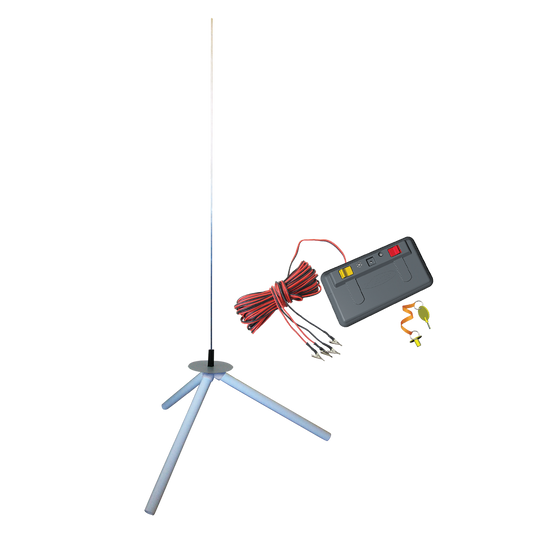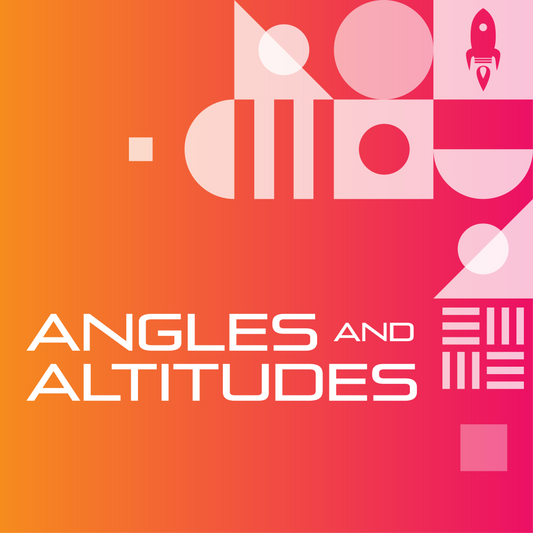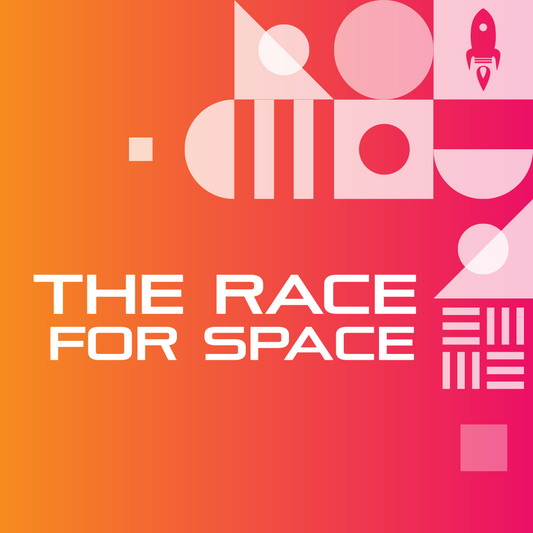FREE BODY DIAGRAMS
Graphical illustrations used to visualize the forces acting on an object. In a free body diagram, the object is typically represented by a dot, and the forces are represented by arrows pointing in the direction of the force. The length of the arrow can be used to represent the magnitude of the force.
THRUST
A force that moves an object forward. In physics, it's usually talked about in the context of propulsion systems, like a jet engine or a rocket, which use thrust to move an object through a fluid (like air or water).
LIFT
The force that directly opposes the weight of an airplane and holds the airplane in the air. It's created by differences in air pressure - an aircraft wing is designed so the air moving over the top surface has to travel a longer distance than the air moving under the surface, which creates a lower pressure area above the wing and higher pressure below, generating lift. For an airplane, lift is crucial.
GRAVITY
A force of attraction that exists between any two masses, any two bodies, and any two particles. In the context of Earth, it's the force that pulls objects downwards towards the center of Earth. The Earth exerts a gravitational force on objects, pulling them towards it, and this is what gives objects weight.
DRAG
A force that opposes an object's motion through a fluid (like air or water). It's caused by friction and differences in air pressure. Drag is the air resistance that an airplane or a rocket encounters as it moves through the air.
NORMAL FORCE
The support force exerted upon an object that is in contact with another stable object. For example, if a book is resting on a surface, then the surface is exerting an upward force to support the weight of the book. This is the normal force.


















